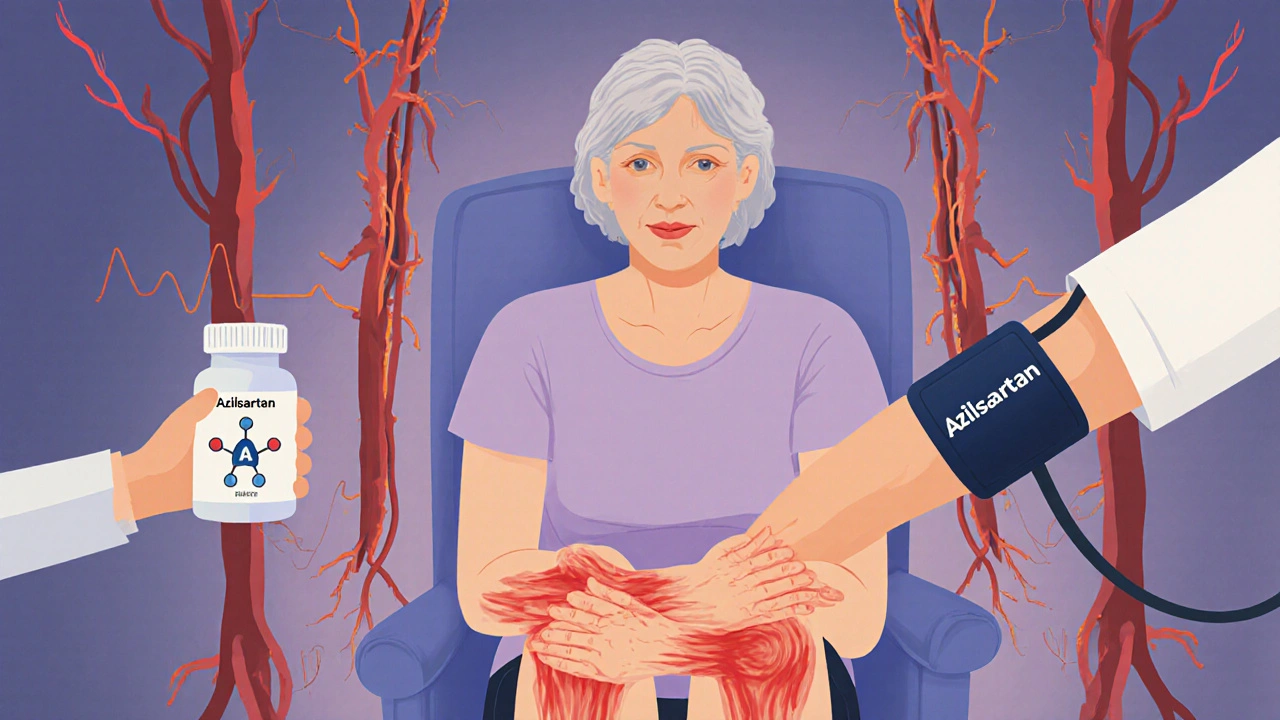ARB Medications: What They Are, How They Work, and Which Ones Are Used
When you hear ARB, angiotensin receptor blockers, a type of blood pressure medication that blocks the effects of a hormone called angiotensin II to relax blood vessels. Also known as angiotensin II receptor antagonists, these drugs are one of the most common ways doctors manage high blood pressure and protect the kidneys in people with diabetes. Unlike some older blood pressure pills, ARBs don’t cause that dry cough that comes with ACE inhibitors—making them a go-to choice for many patients.
ARBs work by blocking the receptors that angiotensin II binds to. When that hormone can’t do its job, your blood vessels stay relaxed, your heart doesn’t have to work as hard, and your kidneys filter better. This isn’t just about lowering numbers on a monitor—it’s about reducing your risk of stroke, heart failure, and kidney damage over time. Common ARBs include losartan, a widely prescribed ARB often used for hypertension and diabetic kidney protection, valsartan, used after heart attacks and for heart failure, and irbesartan, frequently chosen for patients with type 2 diabetes and high blood pressure. These aren’t just names on a prescription—they’re tools that help people live longer, healthier lives.
What you’ll find in the posts below isn’t just a list of drugs. It’s a real-world look at how medications like ARBs fit into daily life. You’ll see comparisons with other blood pressure treatments, side effect guides, and how these drugs interact with conditions like kidney disease, heart failure, and even diabetes. Some posts dive into how ARBs stack up against ACE inhibitors, while others explain why one patient might respond better to losartan than to candesartan. There’s no fluff here—just clear, practical info from people who’ve lived with these meds, and doctors who’ve seen what works.

